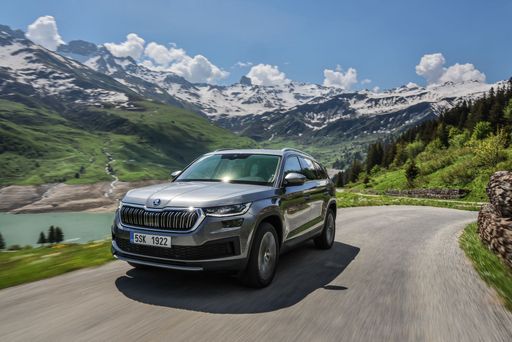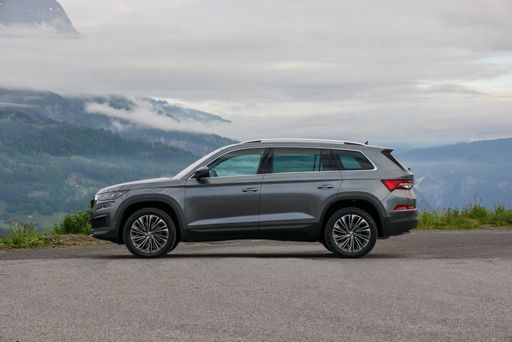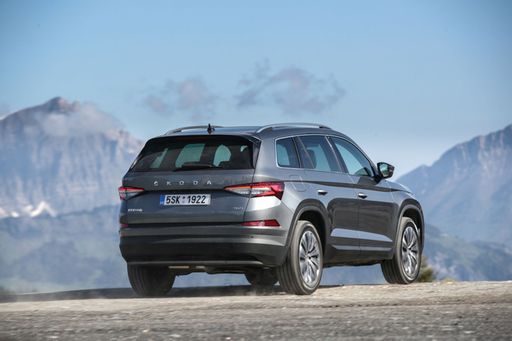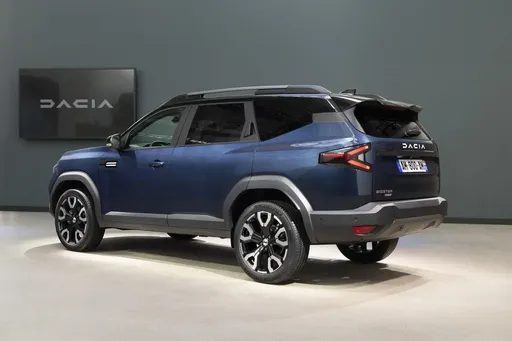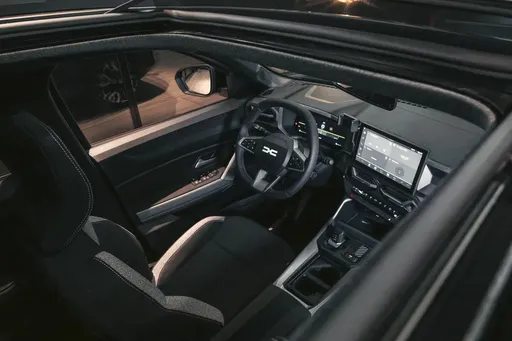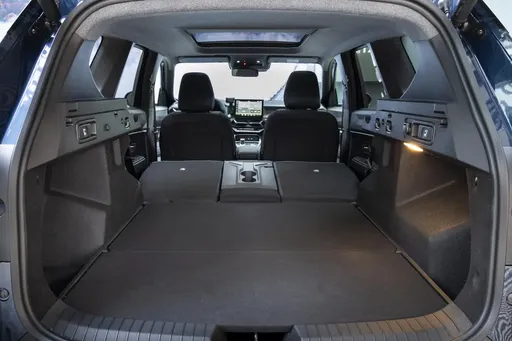Street Cred and First Impressions
The Skoda Kodiaq arrives with a quietly confident presence, wearing restrained design cues that hint at a more premium intent, while the Dacia Bigster strikes an unapologetically bold and boxy stance that screams practical ambition. Up close, the Kodiaq’s details feel more refined and considered, whereas the Bigster courts attention with rugged simplicity and a value-first charm. Both make a clear statement about their owners: one prefers polish, the other prefers bang-for-buck honesty.

